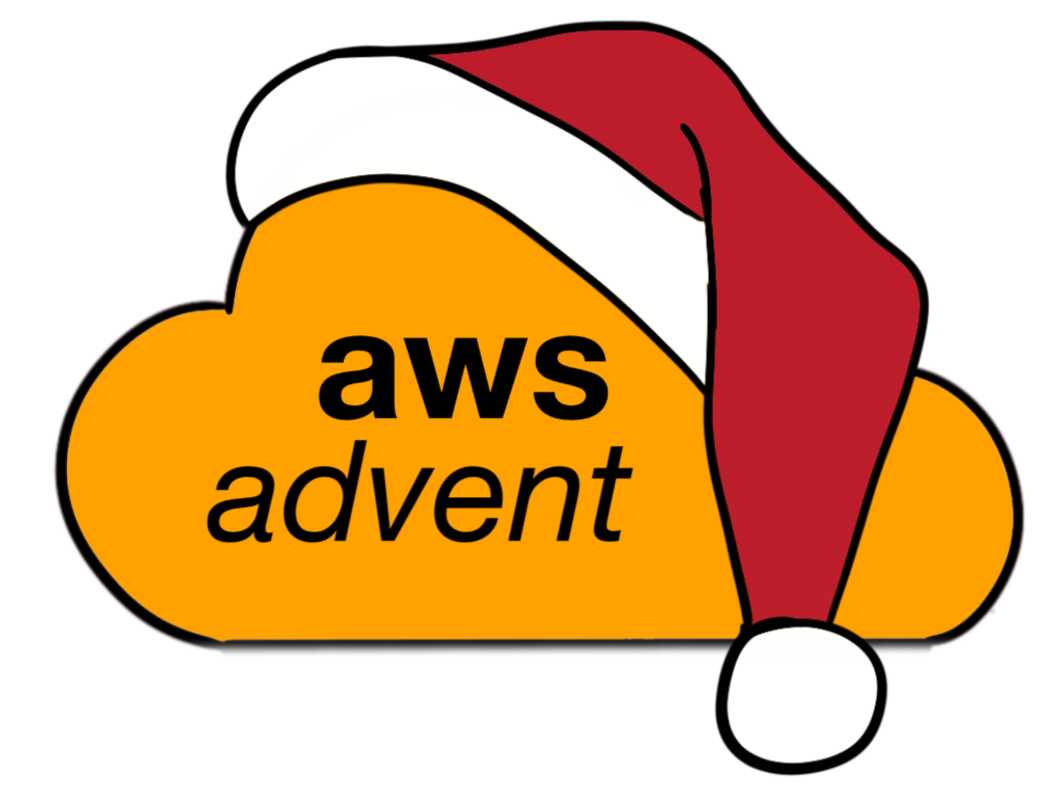Getting Started with Boto
Boto is a Python library that provides you with an easy way to interact with and automate using various Amazon Web Services.
If you’re familiar with Python or interested in learning it, in conjunction with learning and use AWS, you won’t find a better option than Boto.
Installing
Installing boto is very straightforward, assuming your using an OS with pip installed. If you do not currently have pip, then do that first.
Once you have pip, the following command will get you up and running.
pip install boto
Basic configuration
This configuration assumes you’ve already created an AWS account and obtained your API Key and Secret Access Key from IAM in the AWS console
With those in hand, you’ll want to create a .boto file in your home directory and populate it with the secrets.
- Example .boto:
[Credentials]aws_access_key_id = <your access key>aws_secret_access_key = <your secret key> - There are some additional configurations you can set, as needed, for debugging, local proxies, etc, as shown below
[Boto]debug = 0num_retries = 10proxy = myproxy.comproxy_port = 8080proxy_user = fooproxy_pass = bar
Using boto with EC2
Now that you have a basic .boto file, you can begin using boto with AWS resources.
The most likely place to start is connecting to EC2 and making an instance, which can be done with a few short lines of code.
simple-ec2.py
import boto.ec2
regions = boto.ec2.regions()
oregon = regions[4]
# known from looking at regions[]
e = boto.ec2.EC2Connection(region=oregon)
# EC2Connection() will pick up your keys from .boto
conn.run_instances('<ami-image-id>')
You can also specify a number of options to the AMI you’re launching.
options-ec2.py
import boto.ec2
regions = boto.ec2.regions()
oregon = regions[4]
# known from looking at regions[]
e = boto.ec2.EC2Connection(region=oregon)
# EC2Connection() will pick up your keys from .boto
conn.run_instances('<ami-image-id>'
key_name='myKey',
instance_type='c1.xlarge',
security_groups=['your-security-group-here'])
The EC2 API has a number of options and function calls you will find useful in managing your EC2 resources with boto.
Using boto with VPC
EC2 isn’t the only service boto supports, one of my favorites, VPC is also supported.
With a few short lines of code, you can create a VPC and its various objects.
vpc.py
# this will create a VPC, a single subnet, and attach an internet gateway to the VPC
import boto.vpc
regions = boto.ec2.regions()
oregon = regions[4]
# known from looking at regions[]
v = boto.vpc.VPCConnection(region=oregon)
vpc = v.create_vpc('10.20.0.0/24')
subnet = v.create_subnet(vpc.id, '10.20.10.0/24')
ig = v.create_internet_gateway()
v.attach_internet_gateway(ig, vpc.id)
The VPC API has a number of options and function calls you will find useful in managing your EC2 resources with boto.
What AWS resources are supported?
A variety of services are supported. According to the boto README, they are currently
Compute
- Amazon Elastic Compute Cloud (EC2)
- Amazon Elastic Map Reduce (EMR)
- AutoScaling
- Elastic Load Balancing (ELB)
Content Delivery
- Amazon CloudFront
Database
- Amazon Relational Data Service (RDS)
- Amazon DynamoDB
- Amazon SimpleDB
Deployment and Management
- AWS Identity and Access Management (IAM)
- Amazon CloudWatch
- AWS Elastic Beanstalk
- AWS CloudFormation
Application Services
- Amazon CloudSearch
- Amazon Simple Workflow Service (SWF)
- Amazon Simple Queue Service (SQS)
- Amazon Simple Notification Server (SNS)
- Amazon Simple Email Service (SES)
Networking
- Amazon Route53
- Amazon Virtual Private Cloud (VPC)
Payments and Billing
- Amazon Flexible Payment Service (FPS)
Storage
- Amazon Simple Storage Service (S3)
- Amazon Glacier
- Amazon Elastic Block Store (EBS)
- Google Cloud Storage
Workforce
- Amazon Mechanical Turk
Other
- Marketplace Web Services
Automating with boto
As you can see from the examples above, you can very quickly begin automating your AWS resources with boto.
As you learn boto there are a number of resources to consult.
- There are a number of Tutorials for some services to help you get started
- The [API documentation] is very comprehensive.
- I find bpython to be very helpful, as it’s autocompletion makes it easily to quickly and interactively learn new parts of a library. Obligatory bpython and boto action shot
- Reading the boto source code. Never underestimate the power of just going to the source. Looking under the hood and seeing how things are put together can be very valuable and educational.
- Join the community. [#boto](irc://irc.freenode.net:6667/boto) on freenode and the google group are both excellent places to start.
